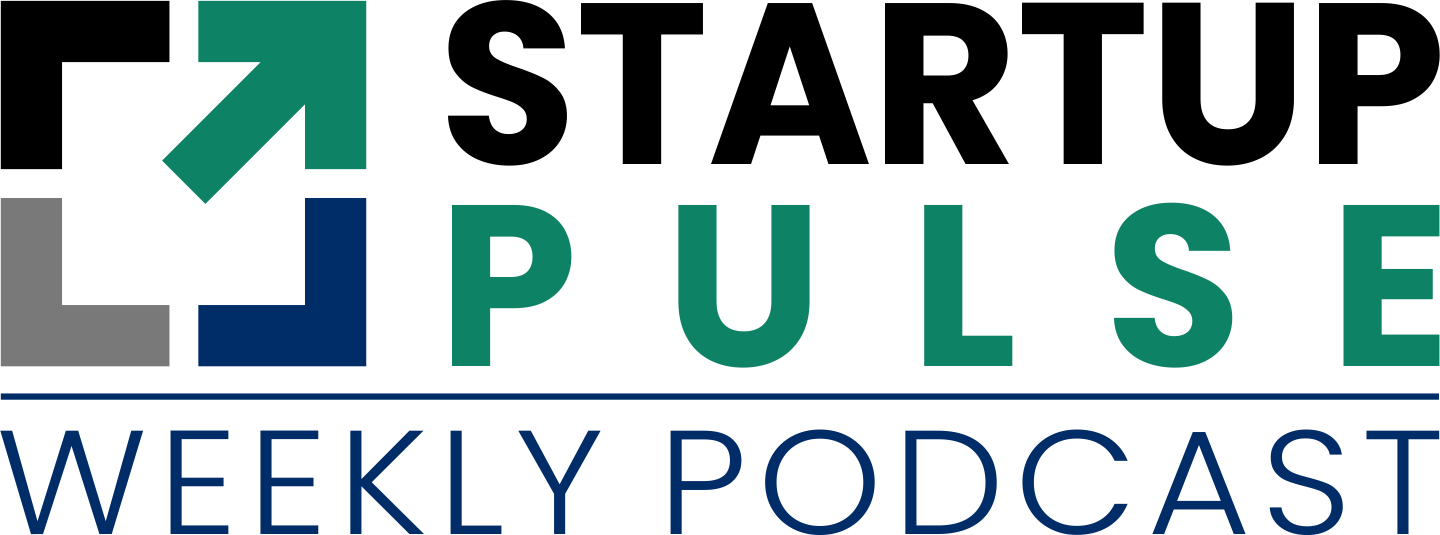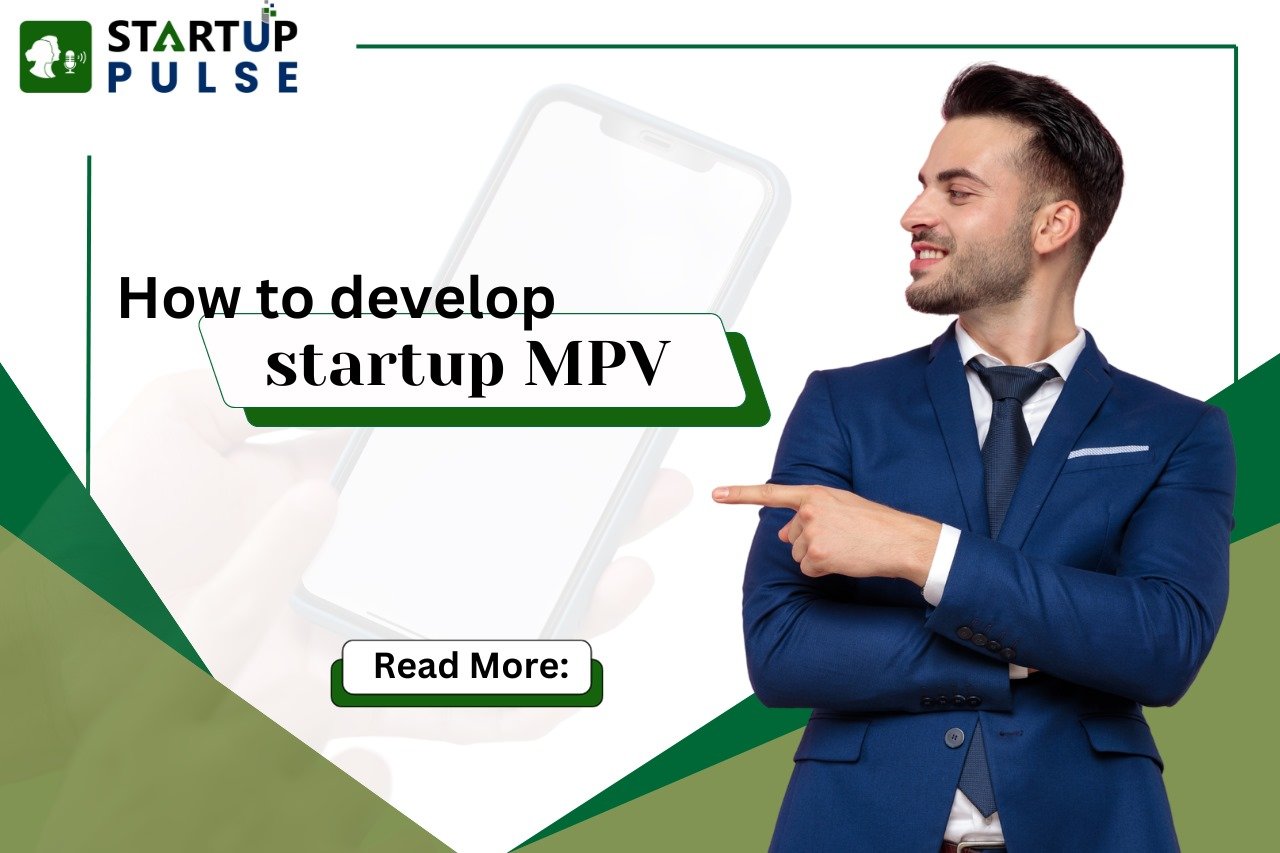In this blog post, we’ll discuss how to develop a startup MVP. Recently, we hosted an exciting webinar session on how to develop a startup MVP. We were thrilled to have around 20 start-up founders join us, sharing their start-up ideas, visions, and apprehensions regarding MVP and other issues.
The webinar session was buzzing with burning questions, useful advice, and insightful suggestions and discussions.
The Zoom session was hosted by Anshuman Sinha, an angel investor and co-founder of Startup Steroid.
“The topic for today is how to develop Startup MVPs. We’ll also discuss What is MVP and how it should be done. We’ll also take a look at startup founders who’ve already developed their MVP or are in the process of developing it. We’ll try to understand their problems and concerns.” — Anshuman Sinha.
Gagan Pal Singh Nagi, founder & CEO, Metalty Ventures, shared the struggles that he went through while developing his MVP.
“I started my metaverse journey last year. I was interested in building India’s first Metaverse mall. We shortlisted the world’s best firms to work on the prototype. But after one and a half months, they said what I was planning to achieve was not possible,” Gagan said.
“We had to adjust and optimize a lot of things, including the size of the mall and many other things. Eventually, I had to cancel the idea as it was not feasible. However, I started working on other models soon, including the B2B model. Later, I shifted my focus to build a B2B SaaS product model through which real estate companies can directly showcase their future projects to customers,” he added.
We also had Man Mohan from Ghaziabad on the show. He is a startup founder and CEO of Orange Pixel Studio. Man Mohan emphasized the importance of market research before developing an MVP. He has, in fact, a dedicated R&D team to stay up to date about the latest trends and development relating to graphic design.
Next, we had Diwakar Kumar from Kolkata. He’s currently the founder and CEO of SiteGuide. He suggested that startups should start with BETA products to gauge the market sentiment and check whether their products are in sync with the customers’ expectations or not.
As Anshuman rightly pointed out that every startup should work on branding also. Especially if you are visiting a virtual seminar with investors, the more and more you publicize your brand and company, the greater the chance of investors recalling your startup name when they meet you next time.
Neyonika Somani, who is an aspiring entrepreneur asked how can she go ahead with her startup idea of launching a product for vegan community, which can be beneficial to their Vegan people. She is currently into dietetics and wants to help the vegan community.
Our mentor welcomed her to the show and advised her to keep attending these webinar sessions to enhance her knowledge of start-ups and how they work.
Breakdown of How to Develop Startup MVP: A Stage-by-Stage Process
First of all, MVP is the acronym for the word Minimum Viable Product. It refers to a basic, launchable version of the product that supports minimal yet all essential features. MVP is created with the intent to test the product before its final rollout.
It helps start-ups to acquire customers’ feedback and accommodate their viewpoints before rolling out their final products.
Here are all the essential steps that you should take while developing a startup MVP
Stage 1: Market Research
It’s good to be innovative, but at the end of the day, your product needs to fit the market’s needs. Before you start working on the MVP process, you should conduct a sample market survey to understand if the product you are working on fulfils the needs of your target audience and addresses their concerns or not.
After collecting the necessary information, you can go ahead with your MVP plan. However, it always helps when you have an idea about competitors who are working on the same idea as yours. So, you need to focus on gathering more information about your competitors.
When you’ve clear knowledge of competitor’s products and activity, it becomes easier for you to understand where you stand in the market while getting your MVP launched.
Stage 2: Analyze from the User’s Perspective
The very purpose of developing an MVP is to analyze your product from a user’s perspective. You have to step into the shoes of customers and keep their expectations in mind while developing an MVP.
You should test all essential features of MVP and try to analyze how the same can benefit customers. While scrutinizing each feature, make sure they address users’ pain points and concerns. At this stage, you can take customers’ feedback to know if the product meets their expectations or not.
If you feel you need to add additional features or make the product more user-friendly, don’t hesitate from doing it.
Stage 3: Determine the Location of the Product
After analyzing the product from the users’ perspective and collecting necessary feedback, you may need to go for geographical segmentation.
Here, you need to focus on your target market and geographical locations where you’re expected to market your product. It’s a good strategy for business firms to determine the locations of their ideal customers in advance and aggressively market their products in these areas once the product’s final version is launched.
Stage 4: Get Ready and Launch Your MVP
Finally, you can get your product (MVP) launched. Your MVP should contain all essential features that are expected to be integrated into the final product. Ideally, an MVP should be simple to use, easy to understand, and suitable for the end users while addressing their pain points.
In Conclusion
Besides the above points, developing an MVP can be crucial to showcasing your product and startup ideas to your potential target audience.
If your product is unique and customers find value in it, you can consider your MVP experiment to be successful. Now, you can also reach out to angel investors and showcase your MVP to get the necessary funding for your start-up.



